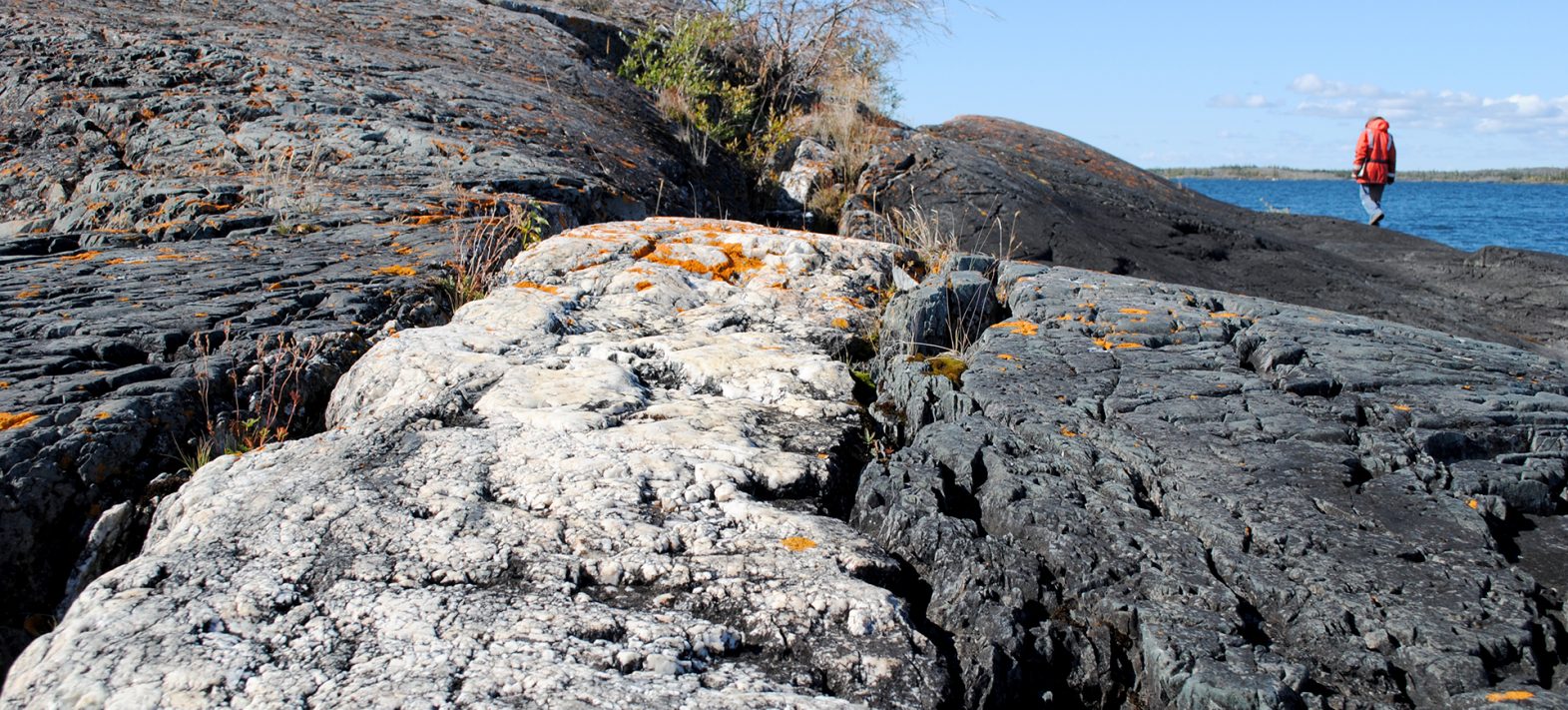Subduction already at work on Earth 4 billion years ago
Geochemical analysis of 4-billion-year-old samples has identified the processes that led to their formation. A team led by IPGP scientists has demonstrated that plate tectonics were already operational very early in the planet's history, and that the early Earth's atmosphere was then rich in CO2.

Publication date: 05/05/2021
Press, Research
Related teams :
Cosmochemistry, Astrophysics and Experimental Geophysics (CAGE)
Related themes : Origins









